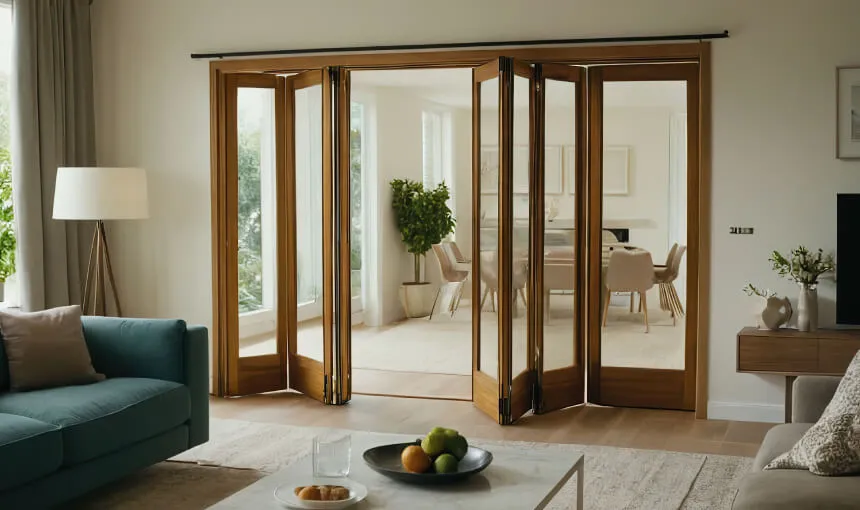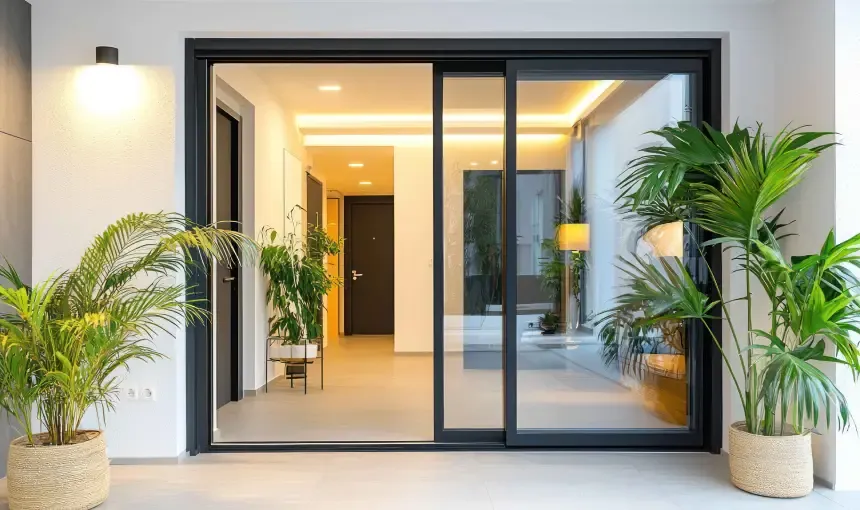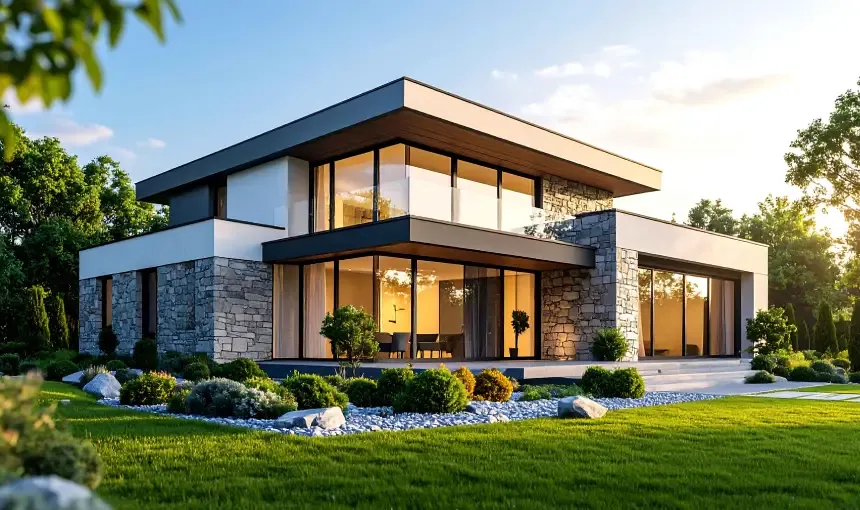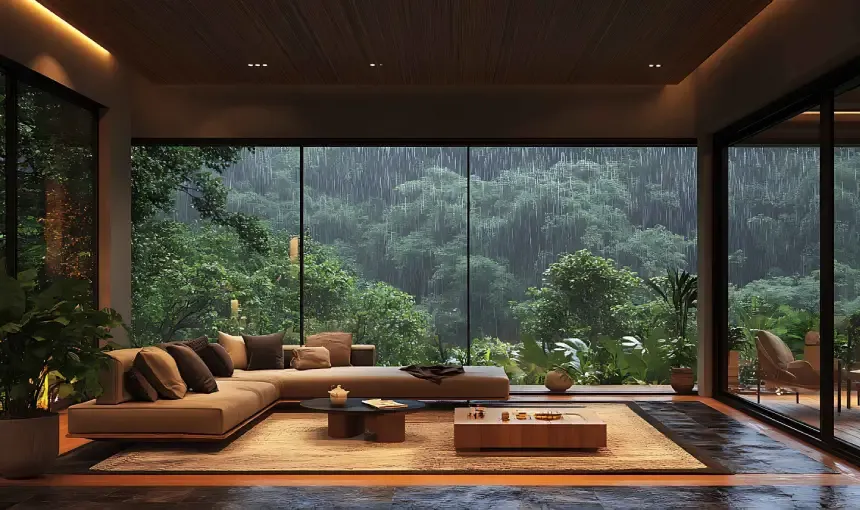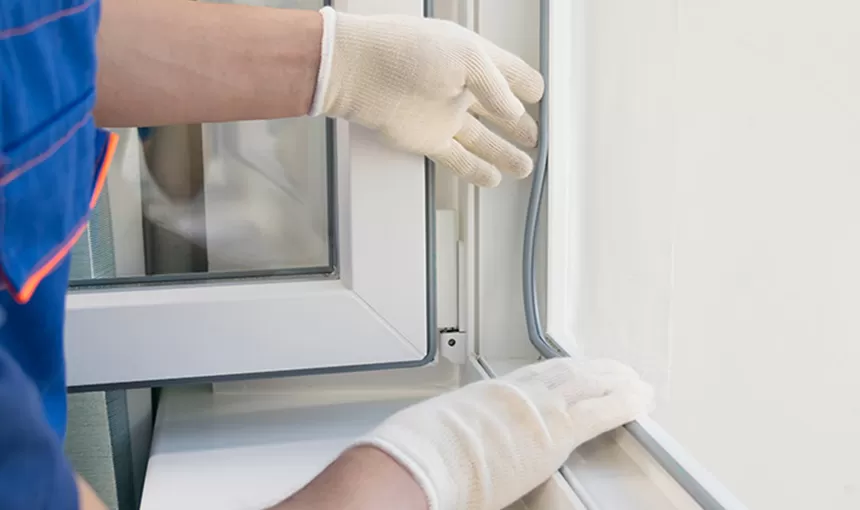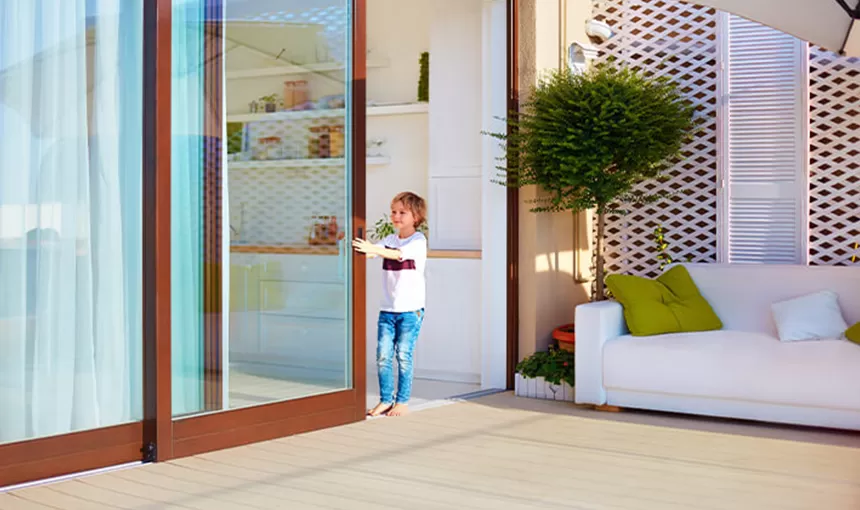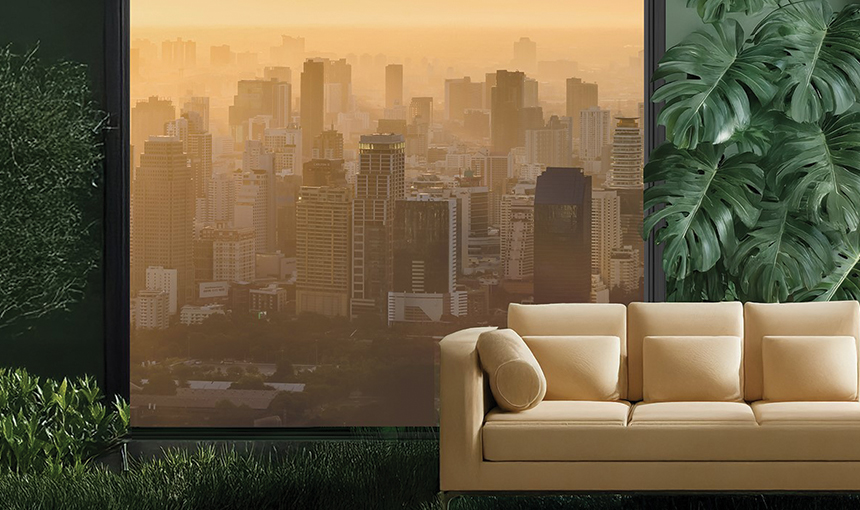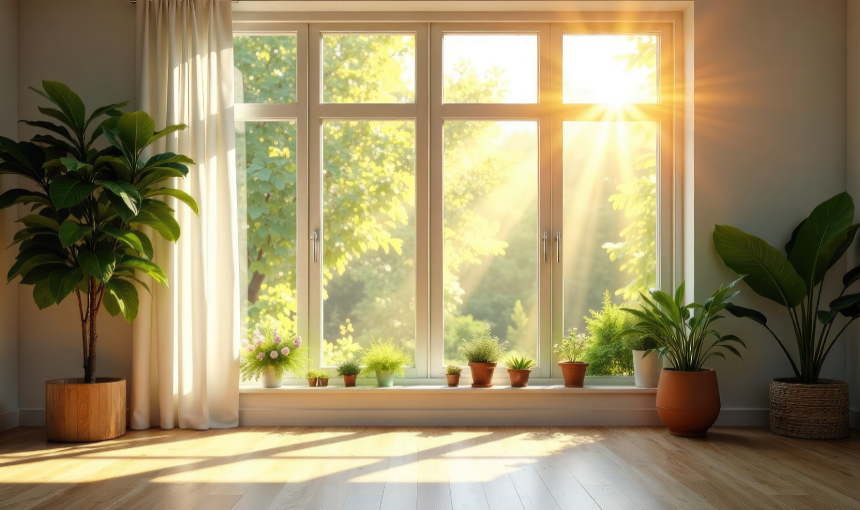All You Need to Know About Energy-Efficient Window
Windows allow a natural flow of light and air into any space. Today, windows are made of energy-efficient materials to optimise energy consumption, minimise energy loss and improve comfort. By reducing energy consumption, these windows also help improve the overall environment.
In this blog, we will look into the key features and benefits of energy-efficient windows to help you make an informed decision.
What are Energy-Efficient Windows?
Energy-efficient windows are designed to reduce the transfer of heat from the interiors and exteriors of a building, locking an optimal temperature inside. They are made using advanced technologies and materials that can support insulation, reducing the unnecessary consumption of energy.
These windows are made of various components, such as glass panes, specialised coatings, gas fills, and energy-efficient frames, which provide better functionality than regular windows.
Key Features of Energy-Efficient Windows
- Low-E Glass Coating: Low-emissivity (Low-E) glass coatings are thin metallic layers applied to the window’s surface. They prevent infrared and ultraviolet rays from reflecting off the glass, allowing only natural light to maintain optimal temperature.
- Multiple Glass Panes: Energy-efficient windows are composed of multiple glass layers. The spaces between these layers are filled with air or gas to offer enhanced insulation, reduce heat transfer and improve thermal efficiency.
- Gas Fills: Inert gases such as argon or krypton are filled between the layers of glass panes. These gases, which have lower thermal conductivity than air, increase the windows' insulating properties, reduce energy loss, and improve performance.
- Solar Heat-Gain Coefficient (SHGC): This is a fraction of solar heat energy that can pass through a window. You can improve indoor temperature by installing high-SHGC windows in cold climates and low-SHGC windows in warm climates.
- Visible Transmittance (VT): This is the amount of visible light that can pass through a window. It is measured on a scale of 0 to 1, where 0 stands for no transmittance and 1 for complete transmittance.
- Light to Solar gain: This is the ratio of Visible Transmission (VT) to Solar Heat-Gain Coefficient (SHGC) for a given window that allows it to receive maximum natural light while retaining the heat.
Benefits of Energy-Efficient Windows
- Lower Energy Bills: By reducing heat loss in winter and heat gain in summer, energy-efficient windows help maintain an optimum temperature inside that is comfortable, reducing the dependency on heating and cooling devices.
- Enhanced Comfort: These windows help establish a naturally comfortable indoor temperature. This eliminates cold drafts or overheating near windows, making your home comfortable all year round.
- Environmental Impact: Lower energy consumption means reduced greenhouse gases. Installing energy-efficient windows is a simple yet effective step towards a more sustainable and healthier lifestyle.
- Improved Indoor Air Quality: Moisture accumulation indoors can lead to the growth of mould and mildew. Installing energy-efficient windows can reduce condensation, promoting better air quality and a healthier living environment.
- Increased Property Value: Houses with energy-efficient windows have a higher property value since they improve building health and are cost-effective in the long run.
To conclude, uPVC doors and windows can truly help save energy by improving insulation and reducing heat loss, making them a great choice for energy efficiency.
How to Choose the Right Energy-Efficient Windows?
- Look for Energy Ratings - These ratings give you a clear idea of the window's performance.
- Frame Material - The frame should be made of wood, aluminium, fibreglass or vinyl. Choose based on your budget, required durability and functionality.
- Form and Function - The structure and operational style of your window also play a key role in choosing energy-efficient windows. Well-built, functioning windows offer exceptional air infiltration rates and ventilation advantages.
Conclusion
Energy-efficient windows are a smart and sustainable upgrade from regular windows. By investing in the energy-efficient options available at AIS Windows, you can take a step towards a greener future.


